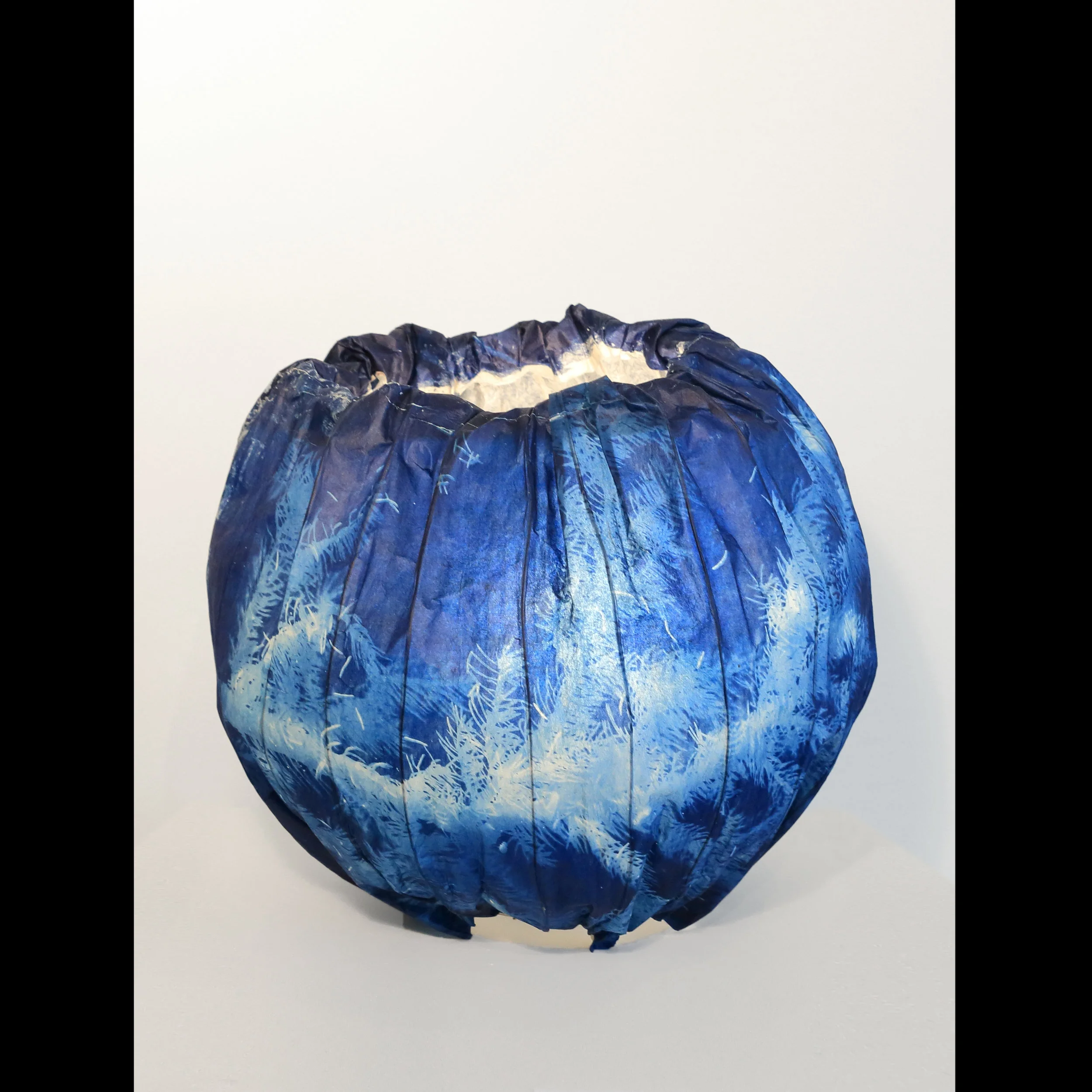Paper, Light, Cyanotype
Light Energy, Cyanotype on handmade Kozo paper, 18"x24"
Cherished Box, found natural object cradled in cyanotype printed handmade Kozo paper, 8"x8"
Spruce Bough Lamp, cyanotype on handmade Kozo paper, copper wire, 15"x18"
Willow Lamp with cyanotype printed handmade Kozo paper, 30"x7"x7"
Evolution of Time, Cyanotype on handmade kozo, 4'x6'
Paper, Light, Cyanotype
Many beautiful and exciting elements come together to create the work in this show - japanese papermaking, cyanotype printing, glass blowing and light.
Much of the paper for the work in this exhibition was made in the summer of 2016 when I had the opportunity to learn traditional Washi (Kozo paper) making in Yoshinogawa-shi, Japan at the Awagami Factory. In this small agricultural village I worked with the Fukoshima family, who have made paper for 7 generations.
Kozo bark
Scraping the outer bark
After Kozo is cooked the outer bark is stripped off and the inner bark with its strong long fibres is used for papermaking.
Here I am learning to make Washi with a Su and Sugeta. The pulp is combined with water and nori that helps to suspend the fibre.
The paper is very special because although quite fine and delicate looking it is quite strong. The strength makes it a wonderful paper for using with cyanotype printing and indigo dying (also a specialty of the Tokushima area).
I am attracted to cyanotype printing because the process uses the sun to create the image and water to fix the image and bring out the bright blue cyan colour. Literally painting with nature. The glowing moving images of plants and natural objects come to life with light. This exhibition features paper wire light sculptures and hand blown glass furin with tanzaku!
Furin with Tanzaku
Hand blown glass from Japanese white sand, handmade Kozo paper, Sun printed cyanotype, hemp cord, 5" diameter with 7"x3" paper
The vibrating body of a furin emits sounds of different frequencies because of its complicated shapes. If they are overlapped they produce fluctuations. The tanzaku (wishing paper) flaps erratically in the wind. Being stimulated by these overlapping and erratic sounds along with fluctuations, people feel comfortable with the sound of the furin, since our bodies have the rhythm of such fluctuations, which relates to the rhythm of life in nature.
Furin originated from a Chinese tool called a “Senfutaku” which was hung in a bamboo forest and used to tell if things would be good or bad from the direction of the wind and the sound that it made.
They came to Japan from China with Buddhism and were hung on the four corners of temples to ward off evil spirits. Now they can be found all over Japan. I was completely delighted by them tinkling overhead in bus and train stations delightfully moving in the wind or with a light mist.
*Thank you to Jason Murphy at Lumel Studio who worked with me to create the glass blown globes of the furin
Furin with Tanzaku - hand blown glass wind bells










